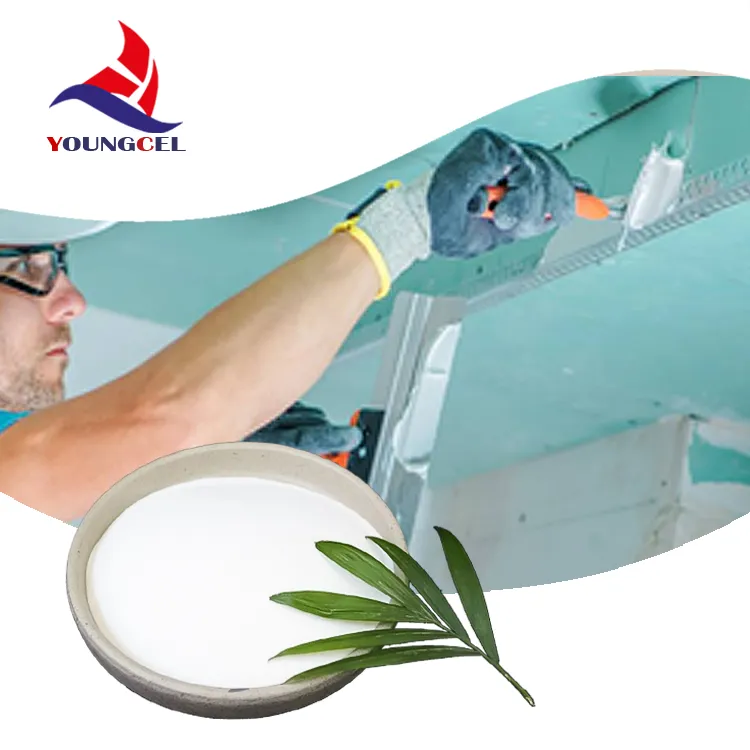HPMC Tile Adhesive A Key Ingredient for Modern Construction
In the construction industry, the choice of materials plays a pivotal role in the durability and aesthetic appeal of structures. One such material that has gained immense popularity among builders and contractors is Hydroxypropyl Methylcellulose (HPMC) tile adhesive. This article explores the significance of HPMC tile adhesive, its properties, advantages, and applications in the modern construction landscape.
What is HPMC?
Hydroxypropyl Methylcellulose (HPMC) is a semi-synthetic polymer derived from cellulose, a natural polymer found in plant cell walls. HPMC is widely used as a thickening agent, emulsifier, and film-forming agent, making it a versatile component in various industrial applications, including construction, pharmaceuticals, and food. When used in tile adhesives, HPMC enhances the performance of the adhesive, offering improved adhesion qualities, workability, and versatility.
Properties of HPMC Tile Adhesive
HPMC tile adhesive possesses several compelling properties that make it ideal for use in tile installation
1. Enhanced Adhesion HPMC improves the bonding strength between tiles and substrates, ensuring that tiles remain securely in place over time. This feature is crucial for preventing delamination and ensuring longevity.
2. Retained Water One of the key benefits of HPMC is its ability to retain water, which is vital during the curing process. It allows the adhesive to remain workable for an extended period, facilitating easier application and better performance.
3. Improved Workability The smooth consistency of HPMC tile adhesive makes it easier to spread and manipulate during installation. This property is particularly beneficial for contractors looking to achieve a flawless finish.
hpmc tile adhesive

5. Versatility HPMC tile adhesive is suitable for a variety of wall and floor applications, including ceramic, porcelain, and natural stone tiles. Its compatibility with multiple substrates makes it a go-to choice for diverse projects.
Advantages of Using HPMC Tile Adhesive
The incorporation of HPMC in tile adhesive formulations provides several advantages to builders and contractors
1. Cost-Effectiveness Although HPMC-based adhesives may initially appear to be more expensive, their durability and reduced likelihood of failures significantly lower long-term costs. The need for repairs or replacements is minimized, making them a prudent investment.
2. Eco-Friendly Option HPMC is a non-toxic, biodegradable material, making it a more environmentally friendly choice compared to some traditional adhesives. This aligns with the growing trend toward sustainable construction practices.
3. Ease of Use The workability of HPMC tile adhesive simplifies the installation process, reducing labor time and increasing overall project efficiency.
4. Adaptability to Different Conditions HPMC tile adhesive performs well in a variety of environmental conditions, including high humidity and temperature fluctuations, making it suitable for both indoor and outdoor applications.
Conclusion
HPMC tile adhesive represents a revolutionary advancement in tile installation technology. Its unique properties offer improved adhesion, workability, and versatility, making it an essential component in the modern construction landscape. As the industry continues to evolve, the demand for high-performance, eco-friendly materials like HPMC will likely increase, demonstrating its pivotal role in the future of construction practices. Whether for residential, commercial, or industrial projects, HPMC tile adhesive stands out as a reliable choice for achieving strong, long-lasting tile installations.
-
HPMC Powder Wall PuttyNewsSep.01,2025
-
High Quality HPMC for ConstructionNewsSep.01,2025
-
Enhance Your Formulations with MHEC PowderNewsSep.01,2025
-
Premium Detergent Grade HPMC Hydroxypropyl Methylcellulose ThickenerNewsSep.01,2025
-
Premium Detergent Grade HPMC Hydroxypropyl Methylcellulose: Superior Thickening & StabilityNewsAug.31,2025
-
HEC 100000 Hydroxyethylcellulose for Paint | Superior ThickeningNewsAug.30,2025




